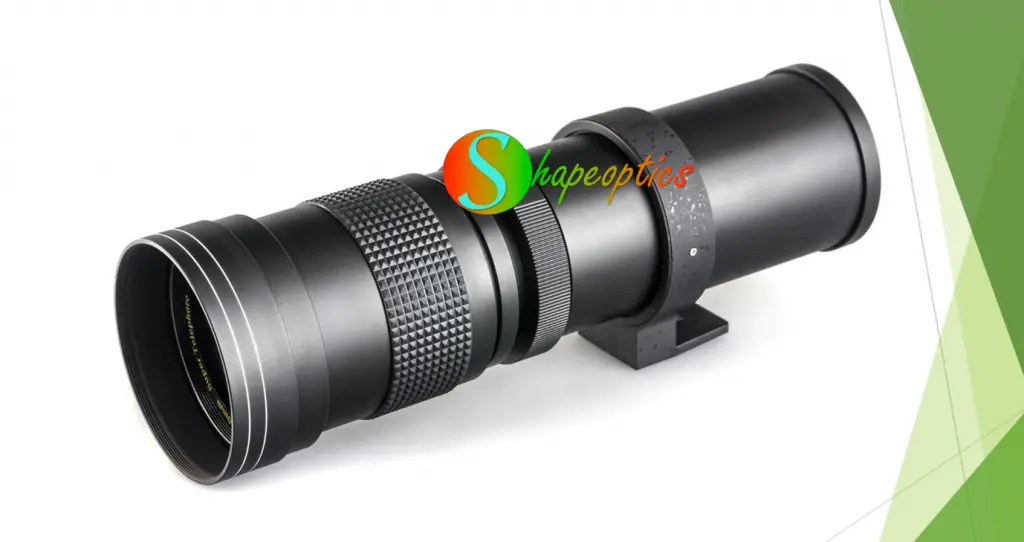A telephoto lens has a long reach, allowing you to photograph a subject that is far away or magnifying the subject in your frame. How to design it, what’s the tips? We share it here.

Telephoto lenses consist of a front positive (Fa) and a rear negative (Fb) group separated by a distance T. The telephoto lens ratio is defined as L/F (Cooke 1965). Assuming thin lenses,


Solving the above equations gives

The absolute value of Fb is maximum at T=L/2.
The figure as below is an f/2.8 telephoto lens for use with a single-lens reflex (SLR) camera (film size is 1.703 diagonal).

The lens prescription is given in as below:

The figure below shows a 1000-mm f/11 telephoto lens for which the data is given in the attached file. It covers a diameter of 1.704 in. and so may be used for an SLR camera.

Overall length is 20.00 and so its telephoto lens ratio is 0.508. Due to the thickness of the middle element of the front triplet, this telephoto lens will be “front heavy.” Focusing is accomplished by moving the rear cemented doublet. As with the previous design the aperture diameter is fixed while focusing at the different object distances. Also, the overall length must be held while focusing. if you need more design tips on this funciton, do look for our expert. Details of the focusing movement are given in the table below.

The design file used in this particle is attached, please download it here. single-lens reflex (SLR), SLR camera
Reference Source:
- Laikin, Milton. Lens Design. CRC Press, 2007.
- https://www.zemax.com/
- Zemax Optical Design Program User’s Guide, Zemax Development Corporation
- https://en.wikipedia.org/wiki/Main_Page



